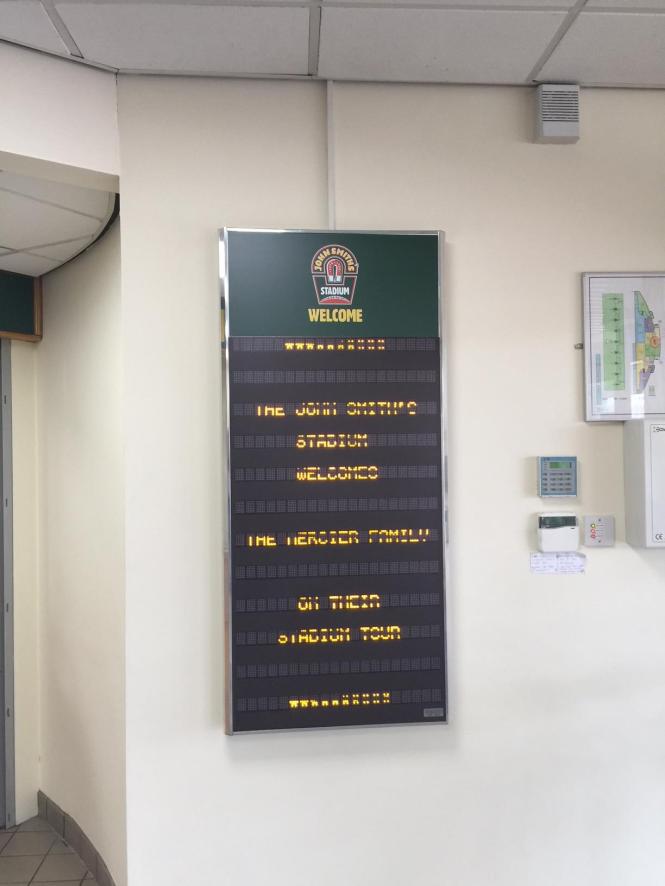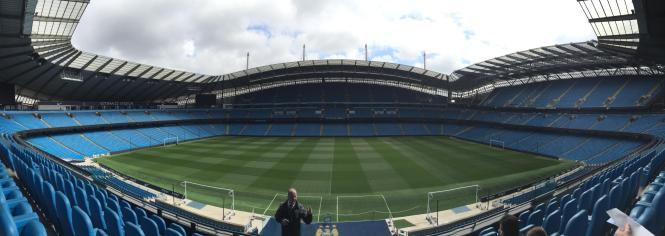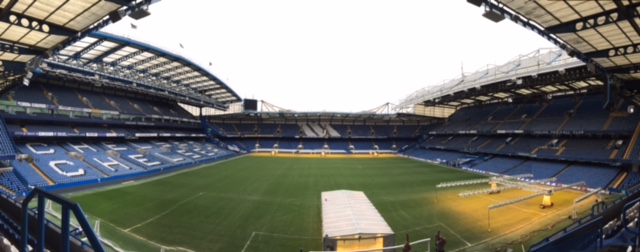I have been doing some research on the state of shipping in the UK as I believe that it is a critical success factor to any online business across the world to be successful. Of course, the products you sell are key, but as you will encounter a lot of competition you will need to differentiate yourselves, and matching your customers’ expectation in terms of delivery will be key to your growth.
I have been studying 27 key UK retailers and created a model to evaluate their delivery proposition. To my suprise, House of Fraser came on top just above Amazon. But then upon reflexion, it is not that surprising. HOF have got a huge network of shops, which Amazon haven’t got, as well as, offering additional click and collect networks (Doodle, Collect+, etc). This is where I believe multichannel have the edge on pure players. Make no mistake, Amazon have recognised this strength and expanding their click and collect partnerships (latest in date is Morrisons).
Temando published a very intersting research. Here are some nuggets and interesting insights:
- 60% of consumers abandon their shopping bag because delivery costs are too high
- 42% of consumers abandon their shopping bag because delivery information come too late in the journey
- 37% of consumers abandon their shopping bag because free shipping wasn’t offered
- 27% of consumers abandon their shopping bag because shipping was too slow
Costs are always an issue but speed is a growing requirement. Over a quarter of respondents mentioned that they expect a fast and reliable delivery service. This is where Amazon have the edge. Always trying to innovate (1 hour delivery, drone delivery). Go back to your supplier and negotiate for a faster service.
Interestingly, on average 40% of retailers charge the customers the exact amount it cost them and only 2% of average make some extra margins. I actually know that some retailers will make a loss in order to optimise their conversion rate. However, 30% of retailers are concerned by the constant increase in prices from the couriers.
Another fact that is becoming key is that 78% of consumers expect their delivery to be made on the same day. Based on my research only 20% of retailers offered that service. That sounds like an opportunity!
Other important facts:
- 86% of consumers would use time slots.
- 88% expect a click and collect service
- 64% expect to collect from other networks collect points
- 84% expect express delivery
- 71% expect weekend delivery
Now, what are the drawbacks of not offering a compelling delivery proposition?
- Reduced customer loyalty (39%)
- Negative brand impact (36%)
- Increased costs of returns (31%)
- Increased calls to call centre (22%)
- Increased negative social media mentions (21%)
Finally, 42% of consumers would be ready to receive a drone delivery! I can’t wait for that first experience but the air space may be crammed 🙂
In summary, 2 actions you should get on with rapidly:
- review your delivery proposition and the ones of your competitors to ensure you are at least competitive and if possible gain a competitive advantage
- discuss your costs and available services with your carier
Good luck and if you need help contact me
Benoit Mercier



